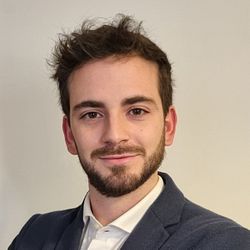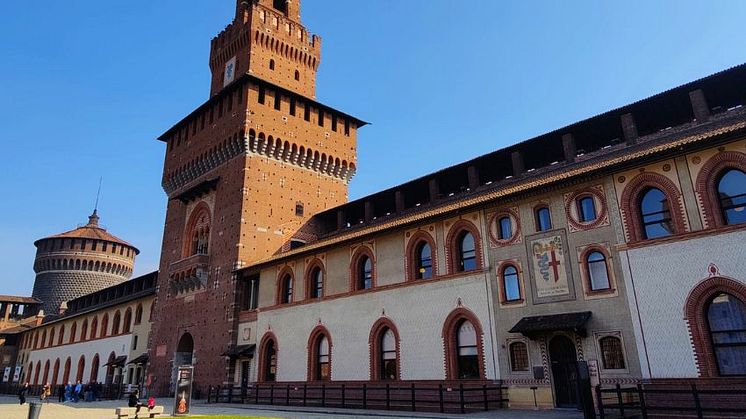
Blog post -
Frontiere n. 16 – Research between past and future
Research between past and future
‘Live in the future’ is one of the new slogans at the heart of the philosophy of an immense company active in information technologies, which in recent years has embraced a precise vision, so much so as to change its company name to completely identify with it. This strategy – and the very idea of the future – is called the Metaverse.
Today the Metaverse represents a world, or a system of digital 3D worlds, within which one can experience a parallel reality to the physical one. This new world has received great attention and sparked a lively debate, both because it is the subject of financial speculation regarding cryptocurrencies and NFTs, and because it is considered the natural evolution of social networks by some of the major technological players.
For those who are unfamiliar with these topics, we recommend the video #ilPOLIMIrisponde in which our Metaverse expert Lucio Lamberti provides us with a very clear introduction to this new world.
The debate, in this historical moment, is on. In the future, will there be a transition towards the Metaverse, which will be to all intents and purposes the place where we will live, incorporating all of reality, as envisioned by some of the big names in digital? Or will we witness a hybridization of these two worlds, which, although closely intertwined, will continue to be two different ‘places’? Will we continue to be able to tell them apart, as we do today, even though they sometimes start to get confused?
It makes one think at this point on what the role of history will be in this new context. If so far we have considered it a tool to understand the present and make predictions about the future, will it still have a role when the new world of the Metaverse will be fully conceived and created by human beings, without the disturbance of external accidents?
We at Frontiere cannot give you the answer, but in this issue, we would like to stimulate your ideas with something from the past and something that looks to the future.
We will learn more about the technologies that allow us to ‘listen’ to the stories of Ancient Egypt, through its finds. We will discover how the traces of a Politecnico architect remain scattered around today’s Milan. We will ask ourselves how an ancient discipline, ethics, will adapt to the future of Data Science. We will imagine new catalytic materials, currently being developed in our laboratories. And we will also get a taste of Metaverse, here where Digital Twins are already being used for technological and educational developments.
And how do you see our future?
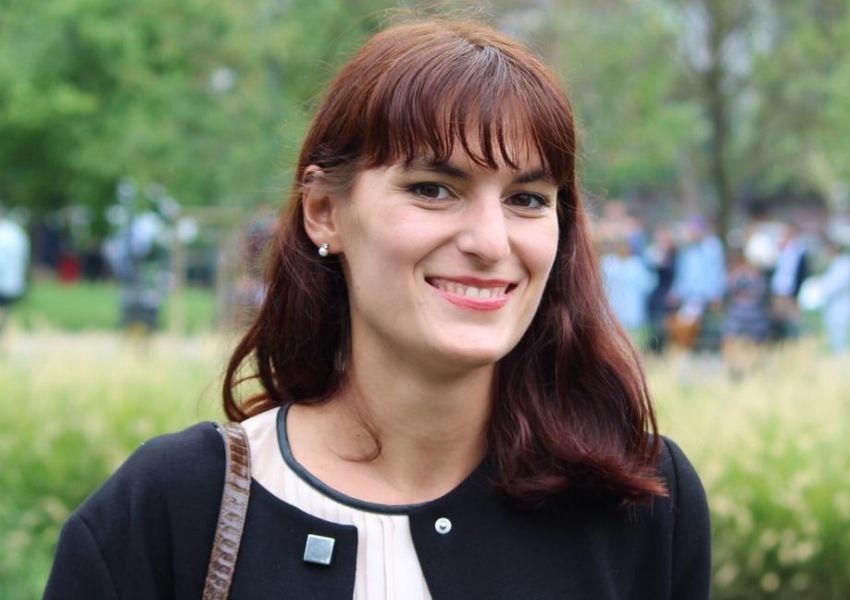
Ethics enters data science to track down discrimination
Living in the big data society certainly offers advantages, for example that of getting to know the world better thanks to a mass of information that we would never have imagined being able to handle in the past. The other side of the coin is that the data we have available are often representative of a prejudice, or in any case of a history that has not been fair to some portions of the population. Their use could therefore lead to discrimination.
Chiara Criscuolo, computer science researcher, explained to us how the models we use every day to make decisions, obtained through machine learning techniques, can be ‘trained’ with ‘biased’ data sets, i.e. thrown off balance by prejudice. Decisions made using such models could therefore be discriminatory against certain groups. Finding these discriminations and creating awareness in people is the basis of a relatively new discipline, Data Science Ethics.
Innovative materials for sustainable transformations
Many of us are unaware that 90% of chemicals worldwide are obtained through the use of catalysts. These are materials that facilitate chemical reactions, which are however very expensive because they contain nano particles of rare metals, such as platinum, palladium or rhodium.
One of the challenges of the future is therefore to develop new types of more efficient and cheaper catalysts. To explain the state of research in this field, we met Gianrico Vilé, our chemical engineering professor fresh from a new ERC grant. He explained to us what the new “single atom” catalysts that are being developed in his laboratory are, and which will probably replace the classic materials in the future.
PHOTO NEWS
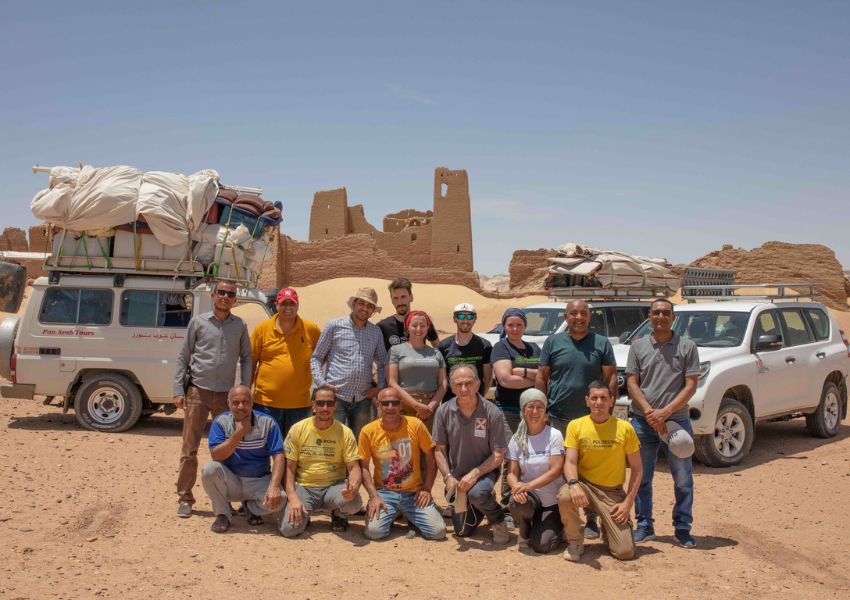
From the Politecnico di Milano to Ancient Egypt, the step is short: since 2018 we have been collaborating with the Museo Egizio of Turin to promote its museum heritage. The ‘digital humanities’ is an extraordinary interweaving of humanities and technological applications that requires constant fusion between disciplinary fields and different skills.
We met Corinna Rossi, our Egyptology teacher who leads the team engaged in excavations in Egypt and research at the museum. She told us how she made her passion for Ancient Egypt her work, how new technologies help us to give a further interpretation of the past and the emotion one feels when hearing so many possible stories about finds dating back thousands of years.
Luca Beltrami, the architect who redesigned Milan
It all began at the desks of the Politecnico. They say that it was Francesco Brioschi who discovered the young Luca Beltrami amusing himself with an engraving (fortunately on a copper plate and not on the desk) during one of his mathematics lessons.
Who would have thought that this slightly distracted pupil would become the architect who would redesign some of the iconic places in Milan, from Cordusio to Castello Sforzesco, up to Piazza della Scala? But Beltrami didn’t stop at the planning. He was in fact a restorer, art historian, journalist, caricaturist, storyteller, and had various technical and political roles. A versatile man, guided in all his activities by a passion: the great love for our city.
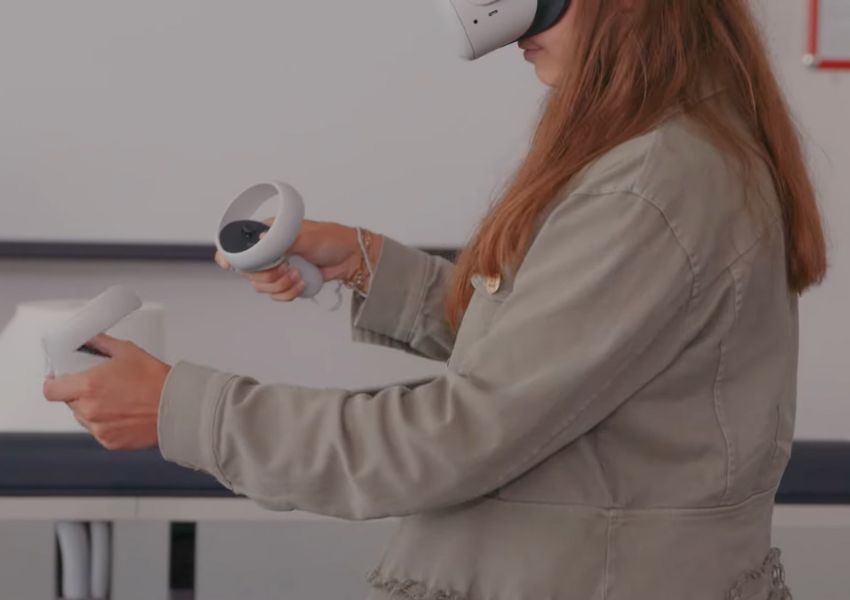
Digital Twins at the service of teaching
At the Politecnico di Milano, we have EYEducation the first laboratory in the world to use Digital Twins in technological development, in scientific advances and within the courses. These are digital representations of physical resources equivalent to objects, processes, people, places, devices, which must be detailed, dynamic, three-dimensional and realistic.
Students have headsets at their disposal that enable them to enter the world of virtual reality, aided by a hardware component in the form of computers with very high-performance graphics. Thanks to the joysticks they can receive tactile feedback above the visual one, to solve from time to time all the problems they are presented with.
Flavio Manenti, Susanna Sancassani e Andrea Galeazzi will guide us inside EYEducation.
